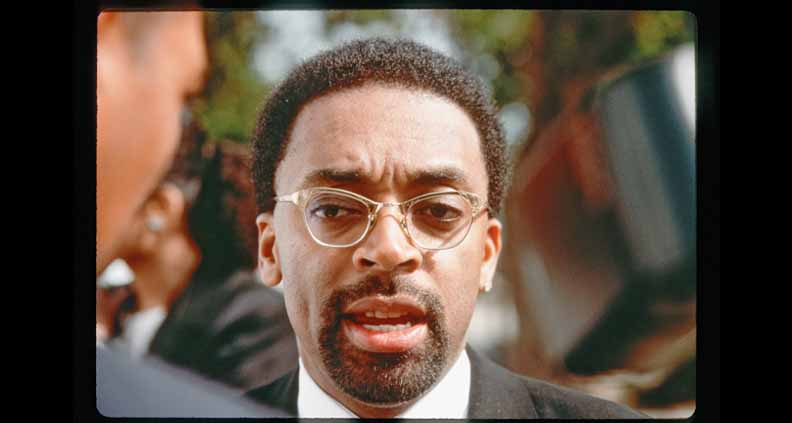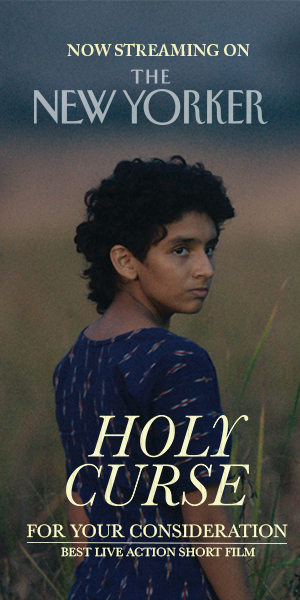The Spectacular Spike Lee: A Look Back at a Singular Visionary
Now streaming on Apple TV, the world is treated to another Spike Lee joint, Highest 2 Lowest. It marks his twenty-fourth narrative feature film; an undoubtedly impressive number, but what’s even more impressive is the film itself. For a fiercely independent auteur who’s been in the game for as long as he has, it’s inspiring to see his creative vigor and steady hand on the pulse of American culture. The longevity of his career since his breakout independent debut She’s Gotta Have It (1986) is truly what dreams are made of for contemporary filmmakers. In honor of the prolific filmmaker’s latest film, the following is a loose retrospective on some of his most acclaimed and underrated titles; not only in regard to storytelling, but the human experience.
Lee was making short films before he even reached adulthood. After attending Morehouse College as an undergraduate, he would continue his studies at New York University. It was here that he showed his first sign of promise as a serious director in his student thesis film Joe’s Bed-Stuy Barbershop: We Cut Heads (1983), which went on to win best drama at The Student Academy Awards that year. His next sign of promise would come into fruition just a few years later with She’s Gotta Have It (1986), a romantic comedy made just shy of two weeks for $175,000. It earned fortyfold its budget, making it one of the most profitable independent films ever.
Lee’s ability to move between low-budget films, such as the aforementioned title or Do The Right Thing (1989), and big-budget films, like Malcolm X (1992) or Inside Man (2006), points to his filmmaking versatility. The payoff being critical and commercial success, notably his forever summer staple—arguably his magnum opus—Do The Right Thing(1989). Moreover, this versatility extends to his storytelling capabilities.

Lee is no stranger to the documentary space. With 4 Little Girls (1997), a re-examination of 1963’s 16th Street Baptist Church Bombing, and A Huey P. Newton Story (2001), he established a serious interest in the genre. His empathetic eye, documenting sensibilities, and distinctive style would culminate in the award-winning When the Levees Broke: A Requiem in Four Acts (2006), a four-part series exploring 2005’s catastrophic Hurricane Katrina, cementing his place in the documentary landscape.
Furthermore, with a handful of iconic features poking through his fingers, it might come as a surprise to some—or friendly reminder—that Lee has filmed/directed theatrical productions as well. From musicals, Passing Strange (2009), to plays, Pass Over (2018), it’s apparent that Spike Lee doesn’t feel constrained with visual storytelling.
Stylistically speaking, his narrative films can be described as works of pastiche, pointing to his frequent reinterpretations of existing material—notably of Harry Powell’s “love and hate” scene from Charles Laughton’s The Night of the Hunter (1955) in Radio Raheem’s “love and hate” scene from Do The Right Thing (1989). Additionally, it’s the medley of materials that he pulls from not only other films, but music, paintings, sports, and real-life events.
Through carefully choosing and arranging these various pieces of media, he’s one who goes above and beyond. Above by mastering the style, beyond by interweaving original stories and characters. Lee’s approach of the pastiche, fearless risk-taking, and singular voice is on full display in Highest 2 Lowest. David King’s (Denzel Washington) home is filled with iconic artwork from Black American painters, along with traditional jazz, soul, and contemporary rap music as the soundtrack. Here is where his hand on the pulse of American culture is evident, with contemporary rappers like A$AP Rocky, Princess Nokia, and Ice Spice having supporting or minor roles in the film. Additionally, the first half of the film takes its time, offering a sophisticated direction not commonly seen in Lee’s films. Then, out of nowhere it switches to the best of Spike Lee that we’ve come to know and love. That is where his risk-taking is the most palpable.
Through this process emerges Lee’s singular voice, a voice that speaks of social politics, Black Power, and New York pride. The way we feel about Spike Lee’s work is like how some of the fictional characters say: we understand, we overstand.
Film Independent promotes unique independent voices by helping filmmakers create and advance new work. To become a Member of Film Independent, just click here. To support us with a donation, click here.
Keep up with Film Independent…

